Blue Mosque of Sultanahmet: Architectural Marvel of Istanbul
The Blue Mosque, known in Turkish as Sultanahmet Camii, is one of Istanbul’s most iconic landmarks and a must-visit for any traveler. Commissioned by Sultan Ahmed I, its construction began in 1609 and was completed in 1617, though it was finalized under the rule of Sultan Mustafa I, his successor. Despite being one of the city’s top tourist destinations, this majestic mosque continues to function as an active place of worship, imbuing every corner with spirituality and solemnity.
History: A Dream to Rival Hagia Sophia
The mosque was conceived as an ambitious project by Sultan Ahmed I to rival the grandeur of Hagia Sophia, located just opposite. It was built on the site of the ancient Palace of Byzantine Emperors, symbolizing the Ottomans’ intent to consolidate political and religious power. However, the construction posed a financial challenge, as the Sultan used funds from the imperial treasury instead of war spoils, a decision that caused discontent among his subjects.
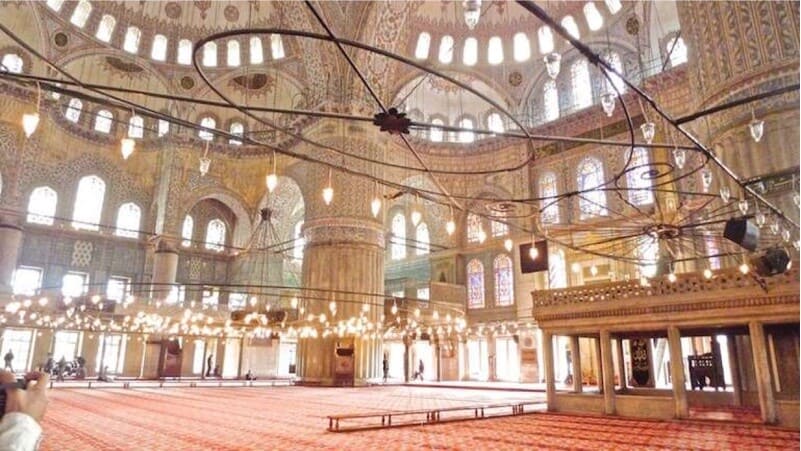
Architecture: The Last Great Classical Mosque
The design of Blue Mosque was commissioned to architect Sedefkâr Mehmed Ağa, a disciple of Sinan, the master of Ottoman architecture. Featuring a central dome, eight secondary domes, and six minarets (a unique feature at the time), the mosque blends traditional Islamic architecture with Byzantine influences drawn from Hagia Sophia. The structure is a testament to the harmony between monumental design and aesthetic elegance, making Blue Mosque an architectural icon of the classical Ottoman era.
The Exterior: A Symbol of Majesty
Approaching from the Hippodrome, visitors are greeted by a grand courtyard nearly as large as the mosque itself, surrounded by arches and columns that enhance the site’s elegance. The central structure, with its ascending curves of domes and semi-domes, creates a dynamic sense of movement culminating in the central dome. The six minarets, an unusual number at the time, give it an impressive silhouette, especially at sunset when the warm hues of the sun illuminate the stone.

The Interior: A Spectacle of Tiles and Light
The interior of Blue Mosque is adorned with over 20,000 handmade ceramic tiles from Iznik, featuring floral, fruit, and cypress motifs. These unique pieces, predominantly in shades of blue, are the reason for the mosque’s popular name. Natural light streams through more than 200 stained glass windows, complemented by hanging lamps that historically contained ostrich eggs to repel spiders. The walls are decorated with Quranic calligraphy by the renowned calligrapher Seyyid Kasim Gubari.
Unforgettable Details
- The lower tiles showcase traditional designs, while the upper levels display more intricate and extravagant patterns.
- The clever use of windows creates an open and luminous atmosphere, fostering a serene environment ideal for prayer.
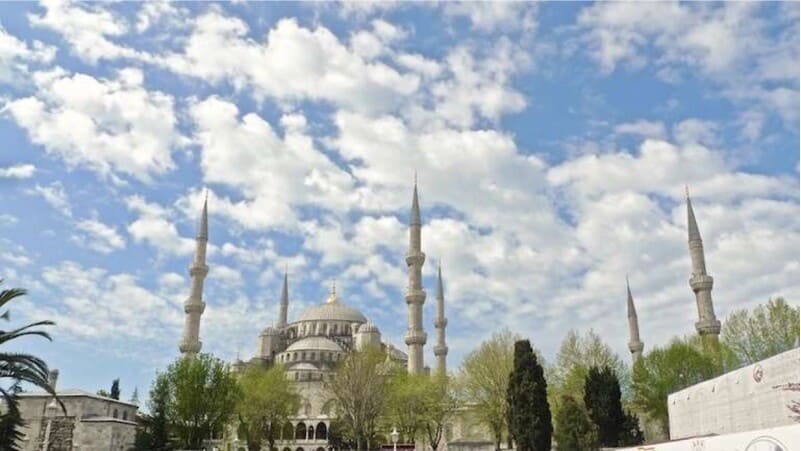
The Legend of the Minarets
Blue Mosque was the first in Istanbul to have six minarets, matching the number of minarets at the mosque in Mecca, which caused controversy. According to legend, this was due to a misunderstanding: the Sultan requested “altın minare” (golden minarets), but the architect understood “altı minare” (six minarets). To resolve the issue, Ahmed I funded a seventh minaret for Mecca, ensuring peace and mutual respect between the two sacred cities.
Visitor Recommendations
Despite its popularity as a tourist attraction, Blue Mosque remains an active place of worship. Modest clothing is recommended: men should avoid shorts, and women should cover their shoulders and heads. Scarves and shoe bags are provided at the entrance. Avoid visiting during prayer times, as the mosque is closed to the public during these periods.
Visiting Hours
Blue Mosque is open daily from 9:00 AM to 7:00 PM, except during prayer times.
Admission
Entrance is free, though donations are appreciated.
How to Get There
Blue Mosque is located in Sultanahmet Square, easily accessible by:
- Tram: Line T1, Sultanahmet station.
- On foot: From Hagia Sophia or Topkapi Palace.
Nearby Attractions
- Museum of Turkish and Islamic Art: 195 meters away.
- Basilica Cistern: 352 meters away.
- Hagia Sophia: 443 meters away.
Conclusion
The Blue Mosque is an undeniable symbol of Istanbul, an architectural gem that combines majesty and spirituality. Its history, design, and intricate details make it an unforgettable destination that no visitor should miss when exploring the rich cultural heritage of this fascinating city.
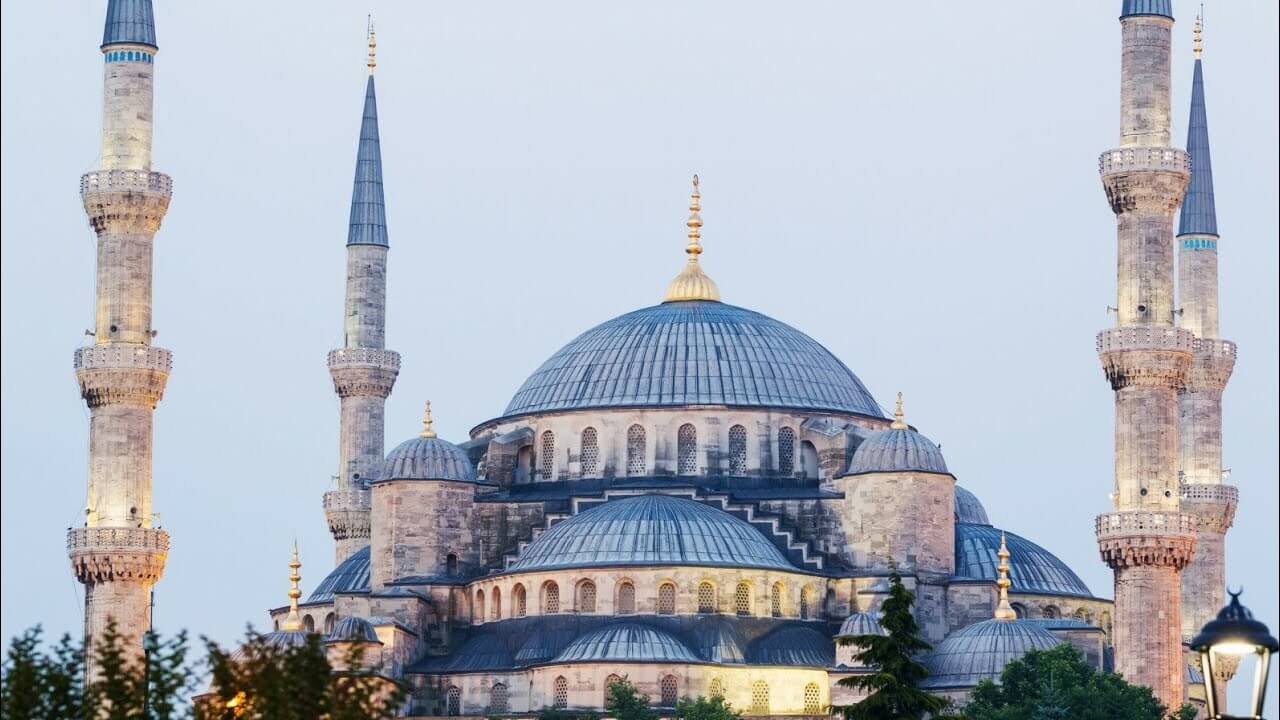
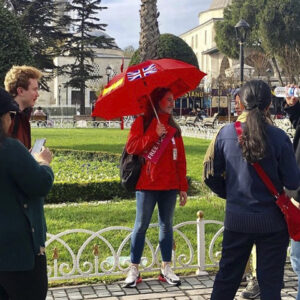
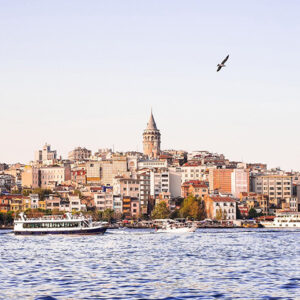
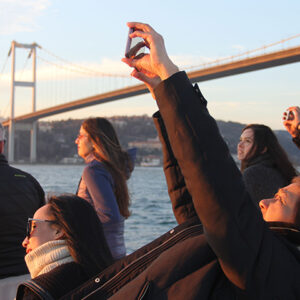
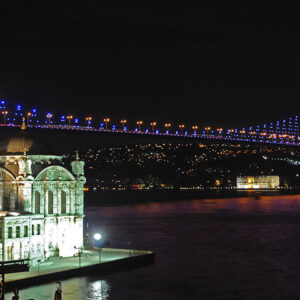
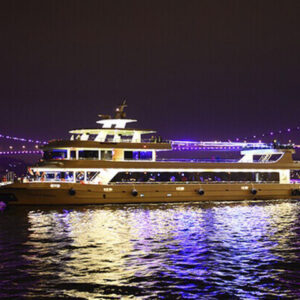
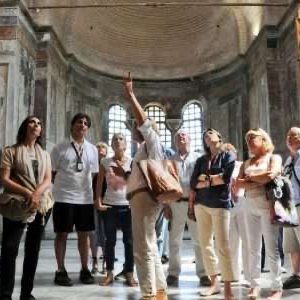
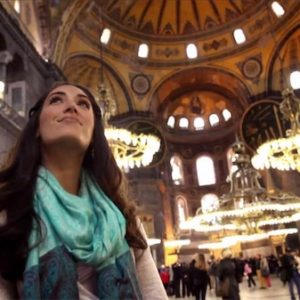
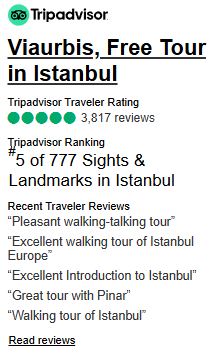
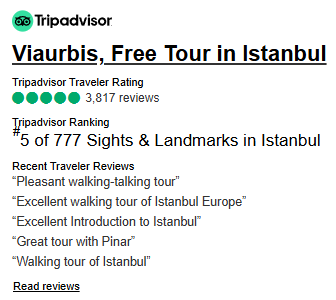
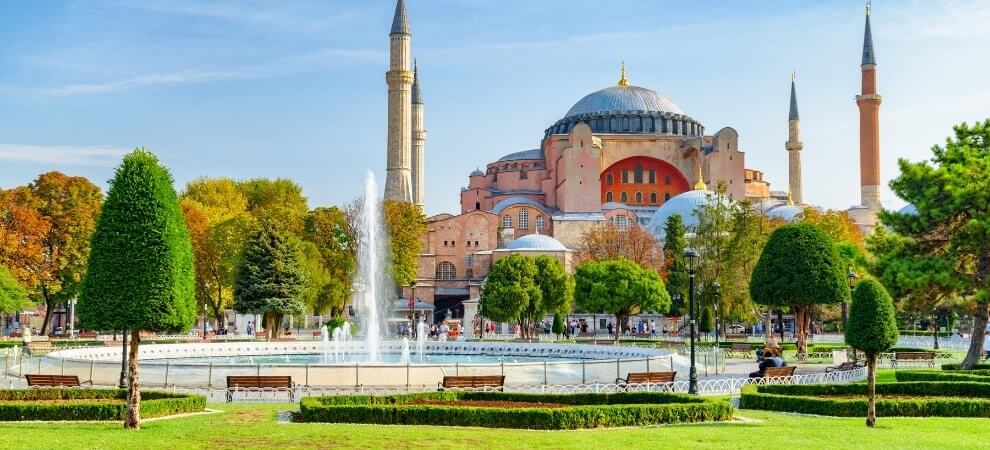
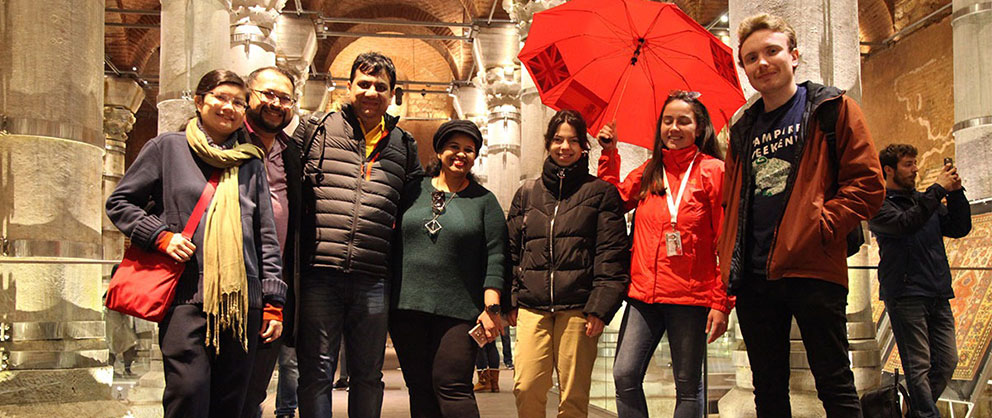
3 thoughts on “Blue Mosque”
★★★★★
Highly recommend visiting ‘Blue Mosque’—a site rich with history and unparalleled beauty.
★★★★★
Discovering ‘Blue Mosque’ was one of the highlights of my trip. Don’t miss out on this gem!
★★★★★
Learning about and visiting ‘Blue Mosque’ was both fun and educational. Everyone should experience this!